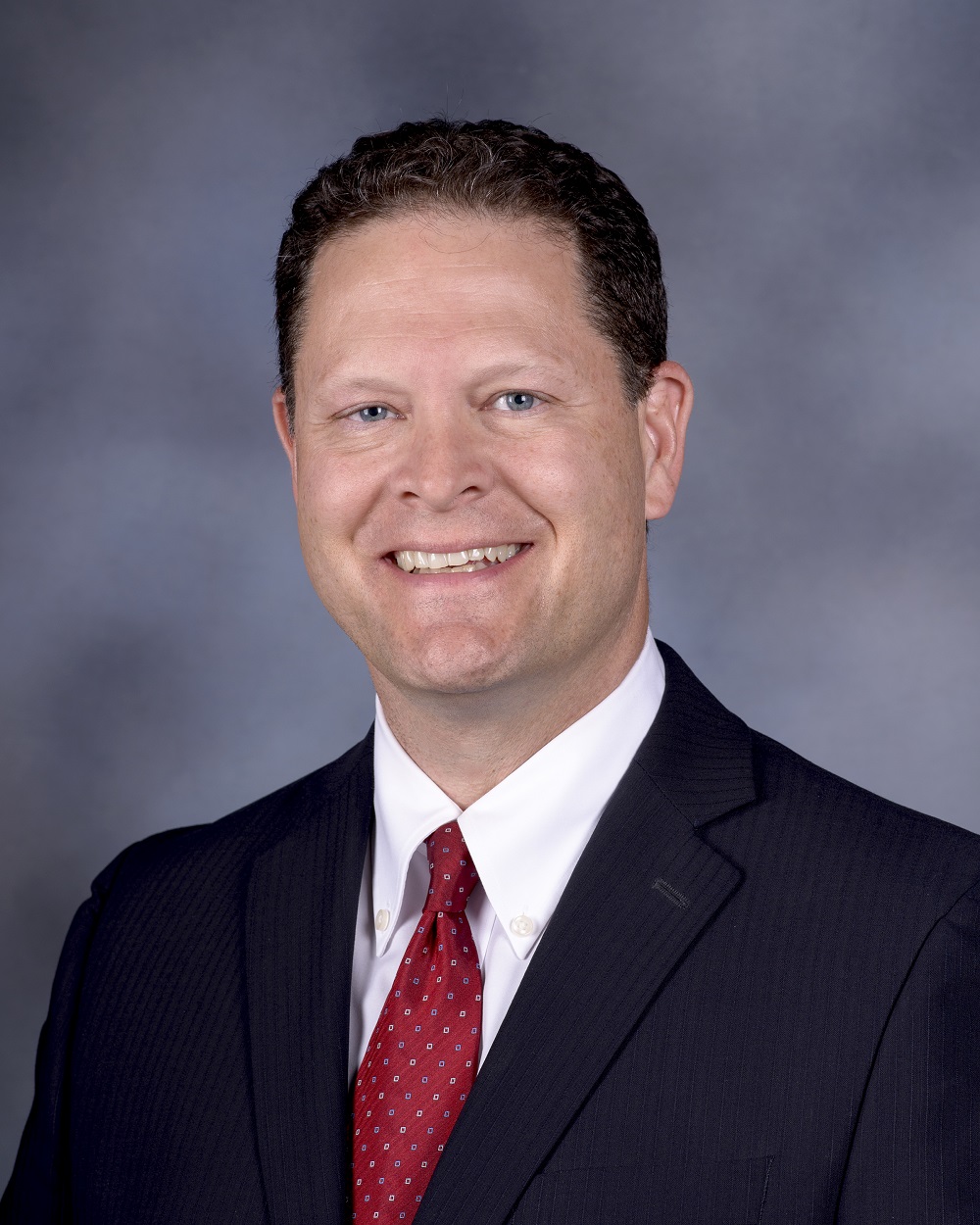
While New England Patriots tight end Rob Gronkowski practiced with the team Wednesday, he did so in a non-contact jersey, leading to continued speculation on whether his being placed on the NFL-mandated concussion protocol will be lifted so he can suit up for the Super Bowl, Feb. 4.
Gronkowski is one of the latest and most visible examples of players placed on the protocol, developed in response to concern about Chronic Traumatic Encephalopathy (CTE), a degenerative brain disease linked to repeated head impacts. The NFL implemented the protocol in 2009 and has refined it, most notably this past year, to protect players and reduce the number and the long-term impacts of concussion injuries.
It is concern that Darryl Kaelin, M.D., understands well. “We understand now that there is a complex interplay between the frequency and severity of subconcussive and concussive blows, the age and genetic make-up of the player, and the type of concussion care they receive that determines if a person will recover well and whether they may go on to develop CTE,” said Kaelin, who is chief of the Division of Physical Medicine and Rehabilitation at the University of Louisville and practices with UofL Physicians.
“Often the more concussions one receives, the harder it is to recover quickly or completely.”
To reduce the potential impact of concussions on football players, concussion laws have been implemented in school and youth sports that remove a player from competition and outline guidelines for return to play. For professional players like Grownkowski, the NFL protocol dictates when a player can return to play following a concussion. In addition to changing the rules and teaching safer tackling techniques, NFL teams have reduced the number of days per week that players can have contact.
While sports-related injuries account for only 10-15 percent of the 3 million head injuries that occur in the United States each year, and most of those injuries are relatively mild concussions, the risk of CTE increases with the number of impact injuries. Kaelin therefore emphasizes the importance of protecting the head from impact in all sports activities.
“It is always important that anyone riding a bicycle, motorcycle or skateboard wear a helmet,” as do football players, Kaelin said. “Helmets save lives.”



























